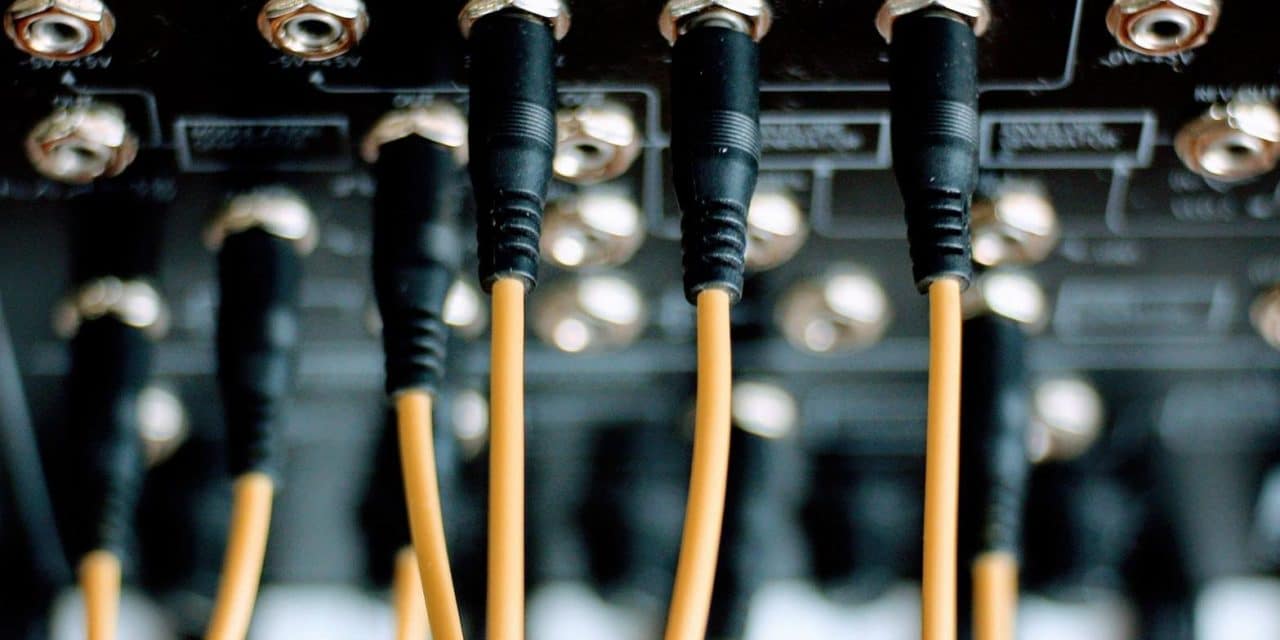When it comes to HiFi, it can be easy to find yourself confused by the sheer range and variety of the technology and terminology presented to you. From bi-wiring to sensitivity via floor standers and phono stages, we know that many of our customers find themselves seeking answers.
One of the most commonly asked questions of any AV supplier is what the difference is between stereo speakers and PA speakers, and which is right for a business or school? Join us as we explain.
When we speak of ‘stereo speakers', we're talking primarily about those which you might plug into a home stereo unit. They offer a sound that's punchy and energetic, designed to bring out the very best in your music. The way a stereo speaker does this varies from brand to brand and from model to model, but you'll typically find innovations in cone placement, cabinet design, magnet positioning and other variables.
For your business, they'll work perfectly fine, but they might well be overkill for basic jobs around an office, factory or school. Indeed, unless you're planning on enjoying a spot of music together, stereo speakers might not be the ideal option for your business. Instead, you should be looking towards PA speakers.
PA speakers, or public-address speakers, are used to project loud, clear sound across a large area, like an office. You'll find them in a huge variety of spaces, from classrooms to factories and even in nightclubs! Most importantly for us though, they feature more rugged designs and are engineered for a wider variety of purposes.
You'll find that PA speakers can be split into ‘main speakers', which produce the vast majority of the sound in a PA system, ‘subwoofers' which are used to produce bass notes and ‘live monitor speakers', which are used by musicians so that they can hear their individual contribution on stage.
In business and education though, you'll typically use main speakers. There are two main types of PA speaker; passive and active. Passive speakers require the use of a mixer to mix and send audio to them, whilst active speakers plug directly into power outlets and require no extra hardware to produce sound.
Both have their distinct advantages, with passive speakers being better for more complicated audio set ups and active ones being a simpler choice for less demanding use cases, but both are ideal for education and business environments.
Source by Alec James

